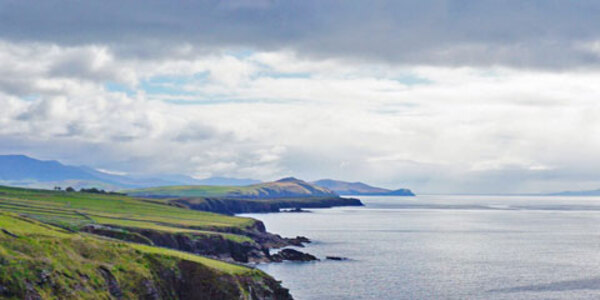The Index to Marine and Lacustrine Geological Samples (IMLGS) is a community designed and maintained resource that enables scientists to discover and access geological material from seabed and lakebed cores, grabs, and dredges archived at participating institutions from around the world. Sample material is available directly from each repository. Before proposing research on any sample, please contact the repository’s curator for sample condition and availability.

Each repository also submits data gleaned from physical samples to the IMLGS database, which is maintained by NOAA NCEI. All sample data include basic collection and storage information, whereas some samples, at the discretion of the curator, may also include lithology, texture, age, mineralogy, weathering, metamorphism, glass remarks, color, physiographic province, principal investigator, and/or descriptive information. These sample data are accessible using NOAA NCEI’s data access resources.
Access Methods
- IMLGS Data Discovery and Access Tool
- IMLGS Interactive Map
- NOAA GeoPlatform, IMLGS
- ArcGIS Services Available
- Web Map Service Capabilities
Sample Access from Participating Repositories
Geological samples are made accessible by participating repositories by request.

UNESCO International Oceanographic Commission (IOC) Endorsement
The UNESCO International Oceanographic Commission (IOC) committee on International Oceanographic Data & Information Exchange (IODE) endorsed the IMLGS database in 1993. See page 16 of resolution IODE-XIV.2.
Additional Information
Many samples in the IMLGS link to the NSF supported System for Solid Earth SAmple Registration (SESAR) by their International Generic Sample Number (IGSN), the Marine Geoscience Data System (MGDS) and (PetDB). The IMLGS is endorsed by the Intergovernmental Oceanographic Commission (IOC), Committee on International Oceanographic Data and Information Exchange (IODE), in resolution IODE-XIV.2.
Look for data from the IMLGS and for data digitized under the NOAA Climate Database Modernization Program (CDMP) in the NSF-funded GeoMapApp and in the GRID-ArendalContinental Shelf Programme.
Data Credits
Data are prepared by the partner sample repositories, whose collections are searchable through the IMLGS. The Curators' Consortium guides the database, which has been maintained by NOAA on behalf of the group since 1977.
Some U.S. repositories receive funding from NSF to prepare data for the IMLGS. See the NSF Division of Ocean Sciences Data and Sample Policy for more information.
How to Cite
Curators of Marine and Lacustrine Geological Samples Consortium. The Index to Marine and Lacustrine Geological Samples (IMLGS). NOAA National Centers for Environmental Information. doi:10.7289/V5H41PB8 [date of access].
Resources
- List Server
- Database Contents and Vocabularies
- Data Entry Resources
- ISO Metadata Record
- Project L-19 of the NOAA Climate Database Modernization Program (CDMP) was a 2005 to 2011 partnership with several repositories to digitize analog data from their collections. This analog dataset included 32,673 core photos, 9,177 core x-rays, 34,614 seabed photos, and 34,388 pages of descriptive reports and logs. These now digitized data are available through the IMLGS and/or through partner repositories. These data are also preserved in the NOAA long-term archive.
Help
For questions concerning the IMLGS, please contact NCEI at geology.info@noaa.gov.



